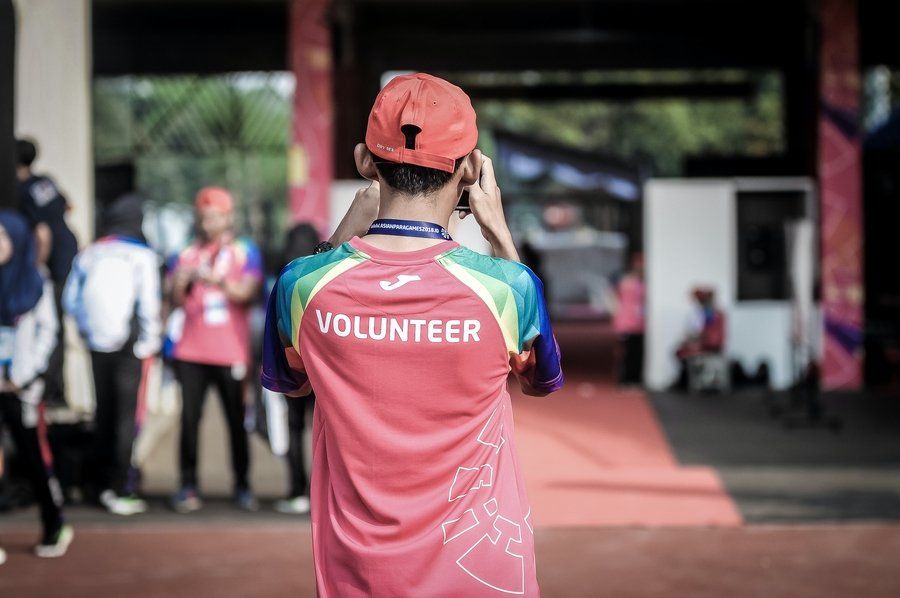Team Virtual!

Editor’s Note
The many Levels of Connectedness
In a recent strengths finder assessment conducted by our very own Joseph Tan of the Leaderonomics Center of Engagement Excellence, I learnt that one of my top strengths was connectedness. I wouldn’t say I excel at connecting with others, after all my great friend Laura Cordisco Tsai can connect with anyone, any creature (including my four-legged beast Jak who is pretty selective with friends!) in a short space of time. But I would say that I thrive on it, and maintain connections with colleagues, friends (and at times foe!) for long periods of time regardless of how geographically distant we may be.
So it was with more than an ounce of trepidation that I took on a job several years ago that had me travelling upwards of 70% of my time. It was disruptive to life here on home ground, and teleconferences at all times of the day and night became the norm. I found myself needing to spend at least three minutes at the start of each call checking in on my colleagues, asking about their kids, whatever out-of-the-office jaunt we had the last time we met, the weather!
I am heartened to know that I am not alone in thinking that developing friendships with colleagues is a good thing – as our fearless leader Roshan Thiran speaks of the importance and benefits of that in our opening article.
Virtual teams
Virtual teams really should not be a foreign concept. Even without global corporations, we have been accustomed to working with clients, suppliers, event organisers and the like as a ‘team’ on joint projects. Back in the day when email, WhatsApp, iMessage, and all our wonderful technology-fuelled creature comforts were non-existent, the art of being understood by phone and fantastic back-of-the-envelope artwork, as well as being on time without a kabajillion reminders or Waze, honed our virtual team skills.
Imran Hashim writes about embracing a flexible work arrangement and remote teams.
While there are arguments for and against virtual teams, and also an acceptance that it will be increasingly pervasive, one important factor is the ability to retain the human connection, which Lim Lay Hsuan addresses in her first article. In her second, she presents practical ideas to build a strong “community” presence in virtual environments.
On women and careers, Millie Ong considers how virtual teams might be a boon or bane for women.
Last but not least, Sabrina Kamaruddin takes a look at how millennials are saying YES to working from home.
A concrete example of a complex virtual team is the network of telemedicine health facilities that used to keep me awake for different reasons! Imagine the difference it makes to a patient to have his/her X-Ray read in hours as opposed to days for a much quicker diagnosis and subsequent treatment, and for junior doctors in remote areas to have their senior consultants available to them in a virtual sense, to support decision-making at critical moments that determine the quality of life, and indeed life or death, of a patient?
I believe we should approach working with geographically disparate teams knowing that it will give us exposure to different cultures, thought processes and ideas that would not otherwise be possible. I cherish those a-ha moments with my colleagues in the United States, Europe and Asia – even with varying degrees of wakefulness – all bringing to the (virtual) table a different perspective and then collectively deriving a solution.
Just a few weeks ago, Andrew Lau wrote about how a diversified culture through different languages ensures that a business is better equipped to survive.
So as you browse our website and make your virtual connection with us and our fabulous writers, don’t hesitate to send us an email and begin that real, not virtual, journey of discovery!
Happy reading!
First published in English daily The Star, Malaysia, 23 August 2014
To contact Karen or to request a soft copy of the entire collection of recent articles on virtual teams, do email editor@leaderonomics.com
Leadership






